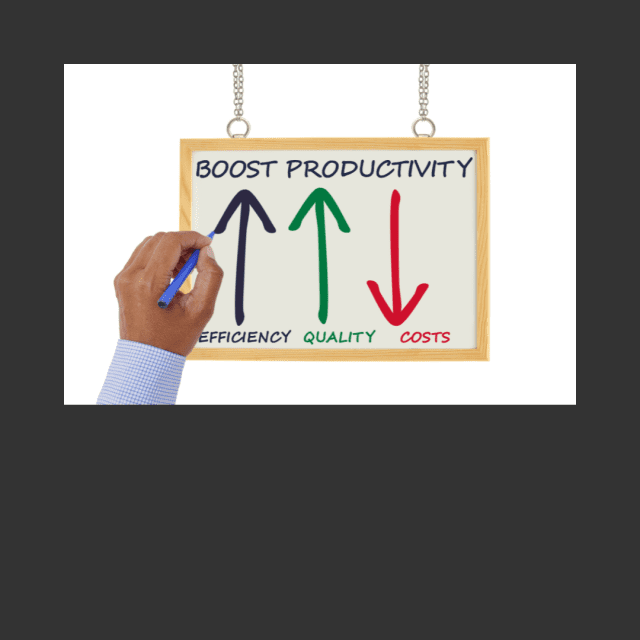Strengthening Financial Health with a Scout: Achieving Stability and Long-Term Succes
Financial health is a crucial aspect of overall well-being, influencing both your personal and professional life. Whether you’re managing your day-to-day expenses, planning for future goals, or navigating financial challenges, maintaining a strong financial foundation can alleviate stress and provide you with greater freedom. A scout can guide you in building better financial habits, helping you create a sustainable approach to managing money, reducing financial anxiety, and achieving long-term financial success.
Here’s how working with a scout can help you strengthen your financial health, giving you the tools and strategies needed to manage your finances effectively and plan for the future:
1. Creating a Personalized Financial Plan
A solid financial plan is the foundation of financial health. A scout helps you create a personalized financial plan based on your income, expenses, goals, and lifestyle. Whether you’re saving for a major purchase, paying off debt, or building an emergency fund, they’ll guide you in setting realistic financial goals and developing a step-by-step plan to achieve them.
Example: If you’re aiming to save for a down payment on a home, your scout might help you create a budget that allocates a portion of your monthly income toward a savings account, ensuring that you reach your goal within a set timeframe.
2. Building a Budget that Works for You
Budgeting is a key tool for managing your finances and achieving financial stability. A scout helps you build a budget that aligns with your spending habits, financial obligations, and savings goals. They guide you in tracking your income and expenses, ensuring that you’re living within your means while still setting aside money for the future.
Example: If you’re struggling to keep track of your spending, your scout might introduce budgeting tools like apps or spreadsheets that help you monitor your monthly expenses and identify areas where you can cut back or adjust.
3. Managing Debt Responsibly
Debt is a common financial challenge that can weigh heavily on your mental health and financial stability. A scout helps you manage debt responsibly by guiding you in developing a debt repayment plan. They’ll help you prioritize high-interest debts, negotiate repayment terms, and explore strategies like the snowball or avalanche method to pay off debt efficiently.
Example: If you’re juggling credit card debt and student loans, your scout might help you identify the most effective repayment strategy, focusing on paying down high-interest debts first to reduce financial strain.
4. Building an Emergency Fund
An emergency fund is essential for protecting your financial health in times of unexpected expenses, such as medical bills or job loss. A scout helps you build an emergency fund by guiding you in setting aside a portion of your income each month. They’ll also help you determine the right amount to save based on your lifestyle and financial obligations.
Example: If you don’t have an emergency fund, your scout might recommend starting with a goal of saving three to six months’ worth of living expenses, ensuring that you have a financial cushion in case of unexpected events.
5. Planning for Long-Term Financial Goals
Long-term financial goals, such as retirement savings, homeownership, or starting a business, require careful planning and strategy. A scout helps you prioritize these goals and create a roadmap for achieving them. They’ll guide you in exploring investment options, setting savings milestones, and making informed financial decisions that align with your future aspirations.
Example: If you’re saving for retirement, your scout might help you explore different retirement savings vehicles like 401(k) accounts or IRAs, guiding you in maximizing employer contributions and making smart investment choices.
6. Improving Financial Literacy
Understanding personal finance is key to making informed financial decisions. A scout helps you improve your financial literacy by explaining important concepts like compound interest, credit scores, taxes, and investment strategies. By gaining a deeper understanding of these topics, you’ll feel more confident in managing your money and making decisions that support your financial goals.
Example: If you’re unfamiliar with how credit scores work, your scout might explain how they’re calculated and provide tips for improving your score, such as paying bills on time, reducing debt, and maintaining a low credit utilization ratio.
7. Reducing Financial Anxiety and Stress
Financial stress can have a significant impact on your mental health and overall well-being. A scout helps you reduce financial anxiety by guiding you in developing healthier money habits and creating a sense of control over your finances. They’ll help you set realistic financial goals, manage your cash flow, and build a sense of financial security that reduces stress and worry.
Example: If you often feel anxious about unexpected expenses, your scout might guide you in setting up an automatic savings plan for emergencies, helping you feel more secure and prepared for financial surprises.
8. Understanding and Optimizing Cash Flow
Effective cash flow management ensures that you have enough money to cover your living expenses while still saving for the future. A scout helps you optimize your cash flow by tracking your income and expenses, identifying areas where you can cut unnecessary spending, and ensuring that you maintain a positive balance each month. By gaining control over your cash flow, you’ll be better equipped to handle financial challenges.
Example: If you often run out of money before the end of the month, your scout might help you review your spending habits and suggest adjustments to ensure that your income covers all your necessary expenses while still allowing room for savings.
9. Exploring Investment Opportunities
Investing is an essential part of building long-term financial health. A scout helps you explore investment opportunities that align with your risk tolerance and financial goals, whether it’s stocks, bonds, real estate, or other investment vehicles. They guide you in making informed investment decisions that can grow your wealth over time, helping you achieve financial independence.
Example: If you’re new to investing, your scout might explain the basics of different investment options, such as mutual funds or ETFs, and help you create a diversified investment portfolio that matches your financial goals.
10. Planning for Life Changes
Major life changes, such as marriage, having children, buying a home, or transitioning to a new career, often require adjustments to your financial plan. A scout helps you prepare for these milestones by guiding you in updating your budget, adjusting your savings strategy, and planning for new financial responsibilities. This proactive approach ensures that you remain financially stable during periods of change.
Example: If you’re planning to start a family, your scout might help you create a financial plan that accounts for new expenses like childcare, education savings, and healthcare, ensuring that you’re financially prepared for the transition.
Conclusion
Achieving financial health is essential for reducing stress, reaching your goals, and enjoying a greater sense of security and freedom. By working with a scout, you can develop effective financial habits, create a personalized plan for managing your money, and make informed decisions that support your short-term needs and long-term aspirations. From budgeting and debt management to planning for major life changes and exploring investment opportunities, a scout provides the guidance and support you need to take control of your financial future.
With a solid financial foundation, you’ll not only feel more confident and empowered but also experience greater peace of mind and well-being in all aspects of your life. A scout can help you strengthen your financial health, enabling you to make choices that lead to stability, growth, and long-term success.































